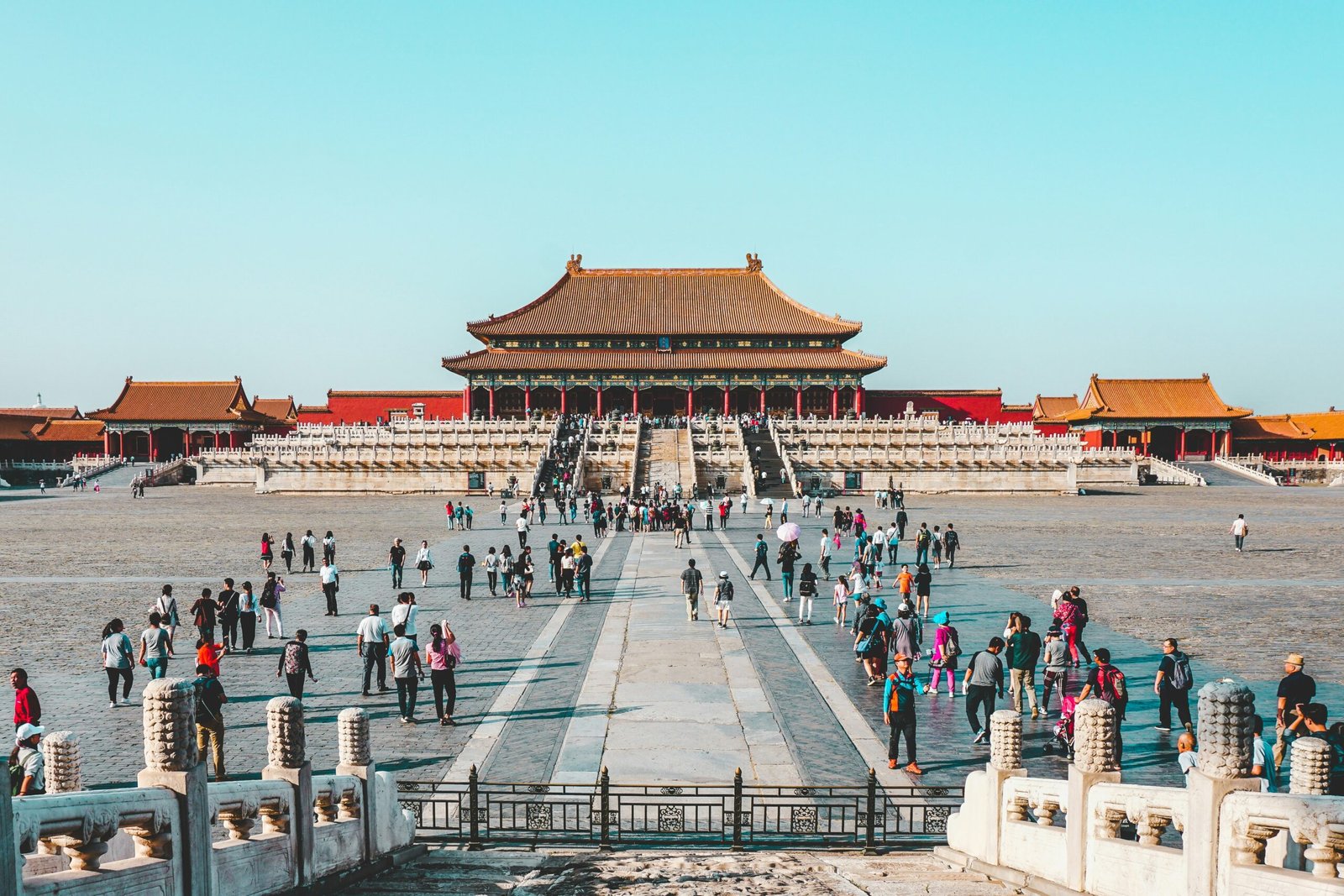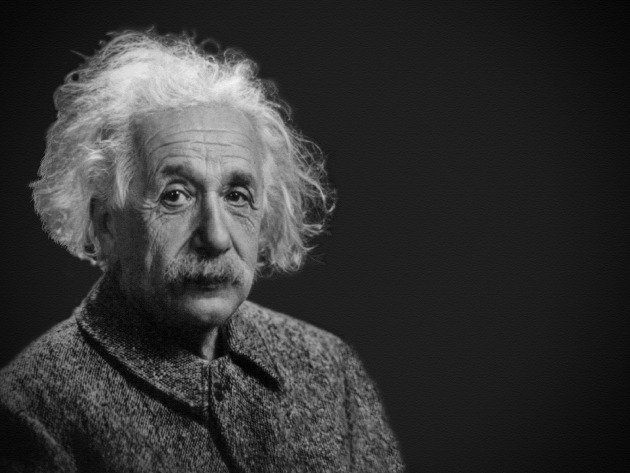1. The Great Wall of China
The Great Wall of China, one of the most iconic structures in the world, is a marvel of ancient architecture. Contrary to popular belief, the Great Wall is not a single, continuous wall, but rather a series of walls and fortifications built over centuries. It spans over 13,000 miles, making it the longest wall in the world. Construction of the wall began over 2,000 years ago, and it remains a testament to the ingenuity and determination of the ancient Chinese civilization.

2. The Terracotta Army
Discovered in 1974 in the Shaanxi province, the Terracotta Army is a collection of life-sized terracotta sculptures depicting the armies of Qin Shi Huang, the first Emperor of China. This incredible archaeological find consists of thousands of intricately detailed statues of soldiers, chariots, and horses, intended to protect the emperor in the afterlife. The level of craftsmanship and artistry displayed in the Terracotta Army is a testament to the advanced skills of ancient Chinese artisans.

3. The Forbidden City
The Forbidden City, located in the heart of Beijing, served as the imperial palace for 24 emperors during the Ming and Qing dynasties. This sprawling complex, covering 180 acres, is a masterpiece of traditional Chinese palatial architecture and has been meticulously preserved for over 600 years. With its grand halls, pavilions, and courtyards, the Forbidden City stands as a symbol of the imperial power and rich cultural heritage of China.

4. The Silk Road
The Silk Road, an ancient network of trade routes, played a pivotal role in connecting the East and West for over 1,500 years. This historical trade route facilitated the exchange of goods, ideas, and cultures between China, Central Asia, the Middle East, and Europe. The Silk Road not only contributed to the flourishing of commerce but also facilitated the exchange of technologies, religions, and philosophies, leaving a lasting impact on the development of civilizations along its path.

5. Chinese New Year
Chinese New Year, also known as the Spring Festival, is the most important traditional festival in China, marking the beginning of the lunar new year. This vibrant and joyous celebration, steeped in ancient traditions, is characterized by colorful parades, dragon dances, fireworks, and the iconic red lanterns. Families gather for reunion dinners, exchange red envelopes filled with money, and partake in various customs believed to bring good luck and prosperity for the coming year.










